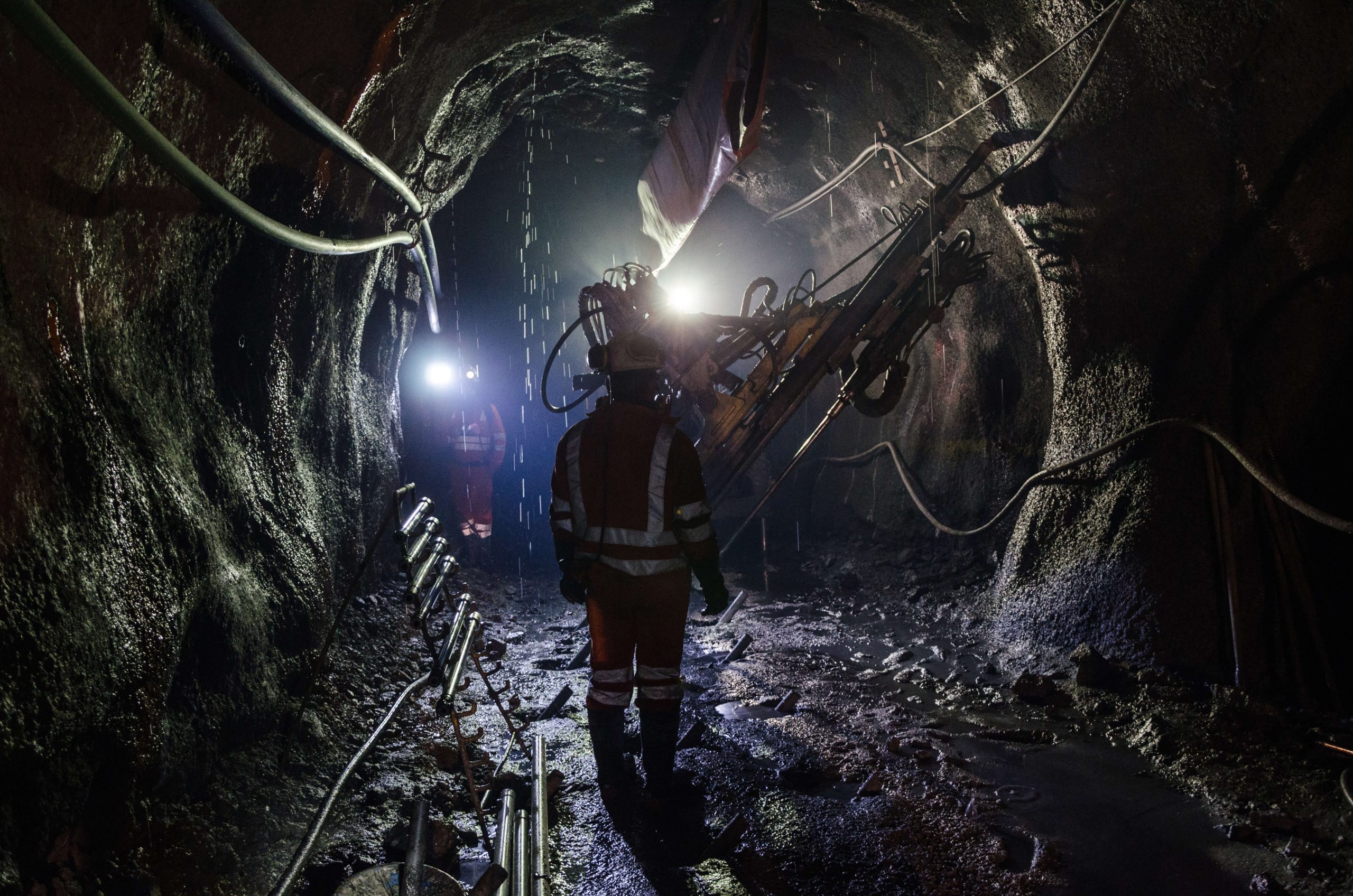Some standards are so familiar that they can simply be referred to by their section numbers or their shorthand names. In these cases, mine operators and miners know what you’re talking about (e.g., 56.18002—workplace exams; 56.20003—housekeeping; 56.14107—machine guarding; and 56.14100—safety defects).
Quick Hits
- MSHA can apply many standards in surprising ways, including standards for machinery, equipment, and tools; eye wash stations; berms on ramps; correction of dangerous electrical conditions;and barricades and warning signs.
- Periodic refresher training on these standards, including hazard recognition, can be helpful to improve compliance and safety.
These standards are fairly clear, in writing and well understood, although operators may, at times, rightly take issue with MSHA’s claiming a given condition is a violation.
There are yet other standards that may not be this familiar, but MSHA cites them often enough that operators may want to keep them on their radar. Operators may think they understand these standards, but MSHA can apply them in surprising ways. Here are a few to watch out for.
Five MSHA Standards to Watch
1. Machinery, Equipment, and Tools—30 C.F.R. § 56.14205
This standard is not clearly written and can take operators unawares. It states: “Machinery, equipment, and tools shall not be used beyond the design capacity intended by the manufacturer where such use may create a hazard to persons.”
On its face, the standard appears to be focused on equipment capacity, such as lifting capacity or flow volume. But MSHA often cites this standard whenever an inspector thinks a piece of equipment or tool is used in a way that the manufacturer may not have intended and that has a potential to create a hazard.
To counter this impression, operators might consider providing the inspector with equipment specifications, the operating manual, equipment marketing, and training materials—and any other third-party information to show that the current use is consistent with the equipment or tool’s design. Also, showing that there is no hazard may eliminate the possibility of a violation.
2. Eye Wash Stations—30 C.F.R. § 56.15001
This standard gives scant meaningful guidance for an inspector to use in assessing whether an eye wash station is located where it needs to be for compliance.
Operators will want to ensure that eye wash stations are readily accessible to miners in locations where they may need to flush out their eyes in an emergency. This is easy to overlook when work activities in a given location might evolve. Operators may want to consider adding or changing the location of eye wash stations as needed.
Also, operators may want to prepare to point out to inspectors where alternate facilities are located, as well as the nature of any potential exposure to eye-related hazards in the affected area.
3. Berms or Guardrails on Ramps—30 C.F.R. § 56.9300
By its express language, this standard applies only to “roadways where a drop-off exists.” Still, MSHA tends to interpret “roadways” broadly and has applied this standard to all sorts of elevated ramps—no matter how short the ramp or how slowly the equipment operates on it.
Operators may want to keep even short ramps—such as at entrances to storehouses—in mind when considering the adequacy of berms and guardrails at sites.
4. Correction of Dangerous Electrical Conditions—30 C.F.R. § 56.12030
This standard simply states: “When a potentially dangerous condition is found it shall be corrected before equipment or wiring is energized.” It is so broadly written, though, that it tends to be applied to many different types of electrical conditions.
Many of these are small and easy to miss, such as a nick in an electrical cable or a plug that separated slightly from its electrical cord. Sometimes damaged cables will be cited when they are thrown in a corner until they can be fully discarded. MSHA may cite them if they are not actually in the trash or tagged out.
5. Barricades and Warning Signs—30 C.F.R. § 56.20011
On a quick read, this would appear to be a very broadly written standard: “Areas where health or safety hazards exist that are not immediately obvious to employees shall be barricaded, or warning signs shall be posted at all approaches.”
There are two important limitations to the application of this standard that inspectors often miss or disregard. First, it only applies where hazards are “not immediately obvious.” Any hazard that is readily observable would not be citable under this standard. Second, the standard requires only barricades or warning signs. Many inspectors will claim that both are required, but the standard only requires one or the other.
Final Thoughts
Periodic refresher training on these standards, including hazard recognition, can be helpful to improve compliance and safety. When in doubt, an operator may want to ask the inspector to explain how a given condition is a violation of the standard. Armed with this information, the operator may then be able to more effectively demonstrate that it is not a violation.
Ogletree Deakins’ Workplace Safety and Health Practice Group will continue to monitor developments and will provide updates on the Mine Safety blog as additional information becomes available.
A version of this article was previously published in Pit & Quarry magazine.
Follow and Subscribe





